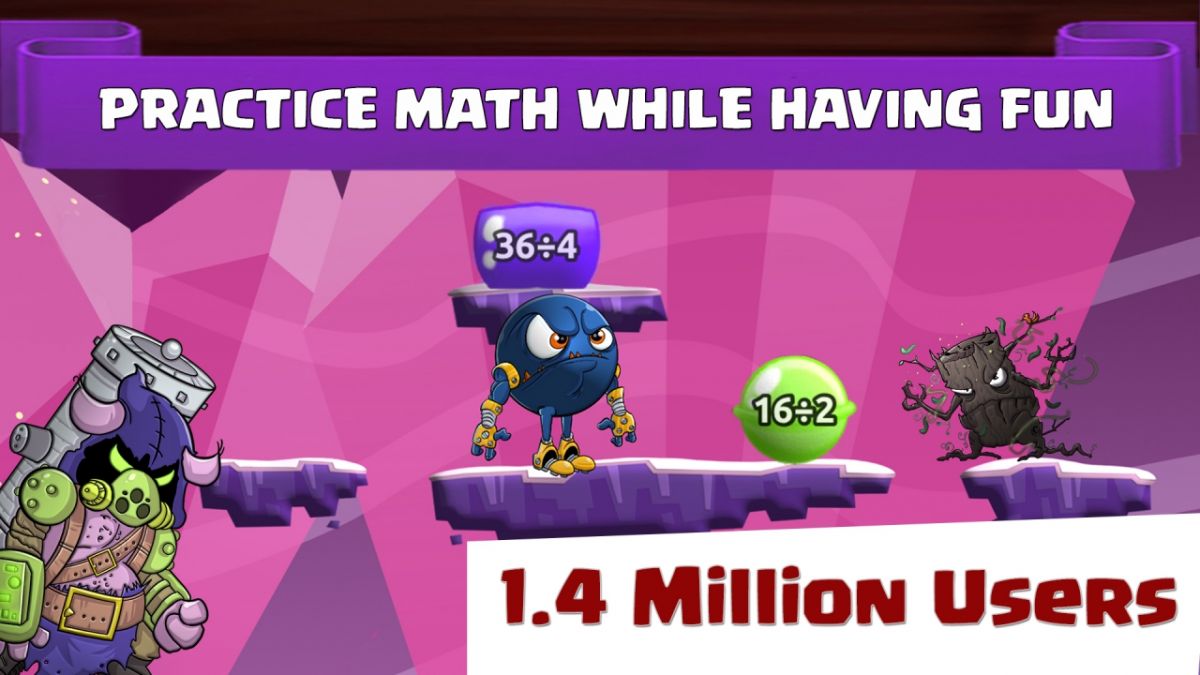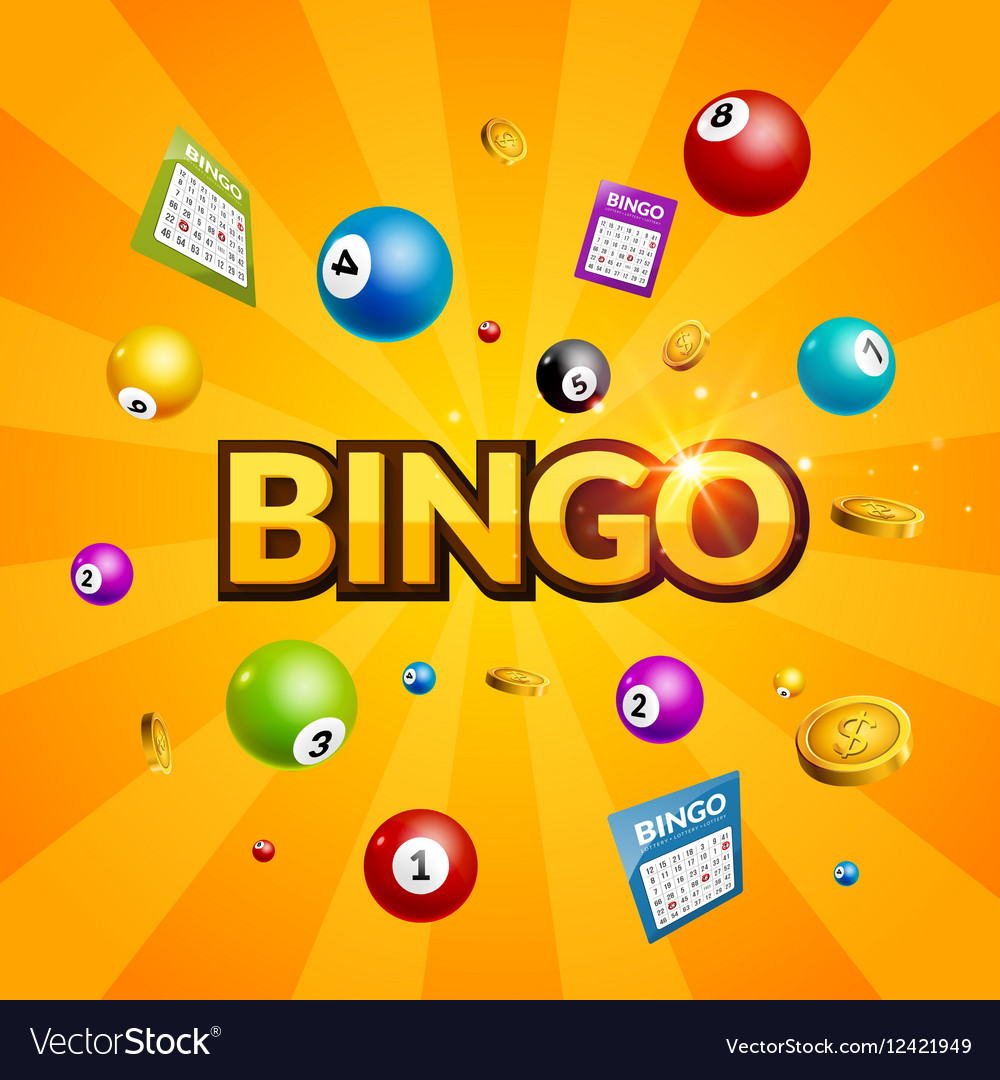
Grammar games are a great way for students to have fun with grammar. Many games include Word Invasion, Roll a Sentence, Pictionary, and Scavenger hunt. Every student will find something they can enjoy and use to their advantage. Here are some examples. You can try all of them out and find the one that fits your child best.
Pictionary
Pictionary games for grammar can be a great way to practice grammar. Other variations of this game are available, including having students draw famous persons or animals. These games can help students learn the importance to use the correct verbs and how context is used. These games may also be used to help with the presentation stage of a Test Teach Test lesson.
Pictionary games can be used to teach vocabulary and grammar. You can give each group of students a card with a number on it. Before students pick up the second card, they should return the number one card. A template is also useful for Pictionary games. You can show the template to each group before they draw the word next.

Scavenger hunt
Scavenger Hunt games are a great tool to reinforce vocabulary and grammar. This activity encourages students to search vocabulary words and create pictures that put them in context. The game can be modified to include a time limit, which gives students incentive to complete the task.
There are many types scavenger hunters. Students have the option to choose which type of scavenger hunt suits them best. Students can opt to participate in a noun-scavenger hunt. In this game, students are given a certain amount of time to search for nouns that begin with each letter of the alphabet. Then students write the words on a paper.
Word Invasion
Word Invasion games are a great way to brush up on your grammar skills. Each game offers different words, with varying time limits, and requires children to click on the correct part of speech. This game is especially useful for young children as it encourages their thinking about stories' structure. Additionally, understanding the Main Idea (or what the author intends to say in a story) is an important aspect of learning grammar.
The free Word Invasion game helps kids learn and practice the parts of speech. There are jellyfish representing nouns and verbs as well as adjectives and pronouns. The user must click on the correct word to defeat the octopus. Answers can be found at the end of every level.

Roll a Sentence
There are many ways to practice sentence structure when practicing grammar. Roll a Sentence, a game that requires students use proper grammar, is a very popular one. Students roll two dice and write down each word in the first column. After rolling the dice many times, students create a sentence from words in the columns. The words must be in the correct order and be capitalized. They might also add additional words to make the sentence clearer.
SWAT is also available for students. This game reinforces concepts of parts, such subject and verb. In addition, it can also be played with a flyswatter or hands.
FAQ
Should I be a specialist or branch out in one area?
Many students opt to specialize in one area (e.g. English History, Math) and not branch into many other subjects. It isn't necessary to specialize in every subject. For example, if you're considering becoming a physician, you could choose to specialize in either internal medicine or surgery. Or, you could choose to become a general practitioner specializing in pediatrics, family practice, gerontology, psychiatry, or neurology. If you are considering a career in the business world, you might focus on marketing, sales, finance, operations research, marketing management, and human resources. You have the freedom to choose.
What is the difference between private schools and public schools?
All students can attend the public school for no cost. They provide education from kindergarten through high school. Private schools charge tuition fees per student. They offer education from preschool to college.
There are charter schools that are both privately operated and publicly funded. Charter schools don't follow traditional curricula. Instead, charter schools give their students more freedom in learning what interests them.
Charter schools are popular with parents who believe their children should receive quality education regardless of their financial status.
How long does it usually take to become a early childhood teacher?
To complete a bachelor's in early childhood education, it takes four years. You will spend two years taking general education courses required by most universities.
After your undergraduate studies are completed, you will typically enroll in graduate school. This allows you to become a specialist in a specific area of study.
For example, you might choose to concentrate on learning disabilities or child psychology. After you complete your master's, it is time to apply to a teacher-preparation program.
This process can take many years. During this period, you will work with experienced educators to gain real-world knowledge.
Finally, to be able to officially start working as a teacher, you will need pass the state exams.
It takes many years for this process to complete, so you may not be able immediately to join the workforce.
What is an alternative school?
An alternative school aims to allow students with learning difficulties to access education and provide them with support from teachers who are qualified to meet their needs.
The aim of an alternative school is to provide children with special educational needs with the opportunity to learn within a normal classroom environment.
They are also provided with extra assistance when necessary.
Alternative schools do not exist for students who are exclusion from mainstream schools.
They are open to all children regardless of ability or disability.
How can I get scholarships?
Scholarships can be granted to help cover college expenses. There are many kinds of scholarships. These include:
-
Federal Grants
-
State Grants
-
Student Loans
-
Programs for Work Study
-
Financial Aid
Federal grants are made directly by the U.S. government. Federal grants are subject to certain conditions. You will need to prove financial need.
Individual states can offer grants to state governments. Some states offer state grants based only on financial need. Other states award money for specific reasons.
Student loans are issued by banks and other lending institutions. Students often borrow money to pay for tuition and living expenses.
Employers should be encouraged to use work-study programs to help them hire qualified students. Employers are required to pay employees at least minimum wage.
Financial aid is available to help low-income families pay for college. It covers all or most of the tuition costs.
How do I select my major?
Students choose their majors according to their interests. Because they find it easier to study something they love, some students choose to major on a subject that they really enjoy. Others are interested in a career where there are few jobs. Others choose a major to make money while they study. Whatever your reason, you should think about what type of job you would like to have after graduation.
There are many options for information on different areas of study. Talk to your family and friends about their experiences. Read magazines and newspapers to see if there are any careers listed. Ask your guidance counselors at your high school for information about possible careers. Visit the Career Services section of your local library. Get books on different topics at your local library. Use the Internet to search for websites related to specific careers.
What are the main types of early education?
There are many ways that early childhood education can be described. Some of the most popular ones are:
-
Preschool - Children ages 2 to 5
-
PreKindergarten: Children 4-6 years old
-
Head Start/ Headstart for children ages 0-3
-
Day Care/ Daycares- Children aged 0-5
-
Child Care Centers – Children aged 0-18
-
Family Child Care – Children aged 0-12
-
Homeschooling - Children from KG to 16
Statistics
- In most developed countries, a high proportion of the population (up to 50%) now enters higher education at some time in their lives. (en.wikipedia.org)
- And, within ten years of graduation, 44.1 percent of 1993 humanities graduates had written to public officials, compared to 30.1 percent of STEM majors. (bostonreview.net)
- “Children of homeowners are 116% more likely to graduate from college than children of renters of the same age, race, and income. (habitatbroward.org)
- Globally, in 2008, around 89% of children aged six to twelve were enrolled in primary education, and this proportion was rising. (en.wikipedia.org)
- Data from the Department of Education reveal that, among 2008 college graduates, 92.8 percent of humanities majors have voted at least once since finishing school. (bostonreview.net)
External Links
How To
How can I apply in order to be considered for a scholarship?
Apply for scholarship funding first. The criteria that you must meet to qualify for a scholarship are listed below.
You can, for example, be granted a grant if the applicant is economically disabled. If you are enrolled in vocational training courses, you may be eligible for a work-study grant. If you are a member or a minority group, you may be eligible for a grant.
After determining whether you qualify for a particular type of scholarship, you can start applying.
You can apply online or in person. The type of scholarship you are applying for will affect the process.
Some scholarships require that you submit essays about yourself and why the money is important to you. Others will ask questions such "Why did you choose this degree?"
You must fill out an application for scholarships and attach supporting materials.
Your scholarship provider may review your information. You will be notified by email or postal mail if you are selected.
Even if you're not selected, you might still qualify for another scholarship. Contact your scholarship provider for details.